When is Rosh Hashanah, how is it celebrated, more info about the Jewish holy holiday
The Jewish holy holidays are coming up soon, beginning with Rosh Hashanah.
Here’s the rundown on all things related to the holiday.
What is Rosh Hashanah?
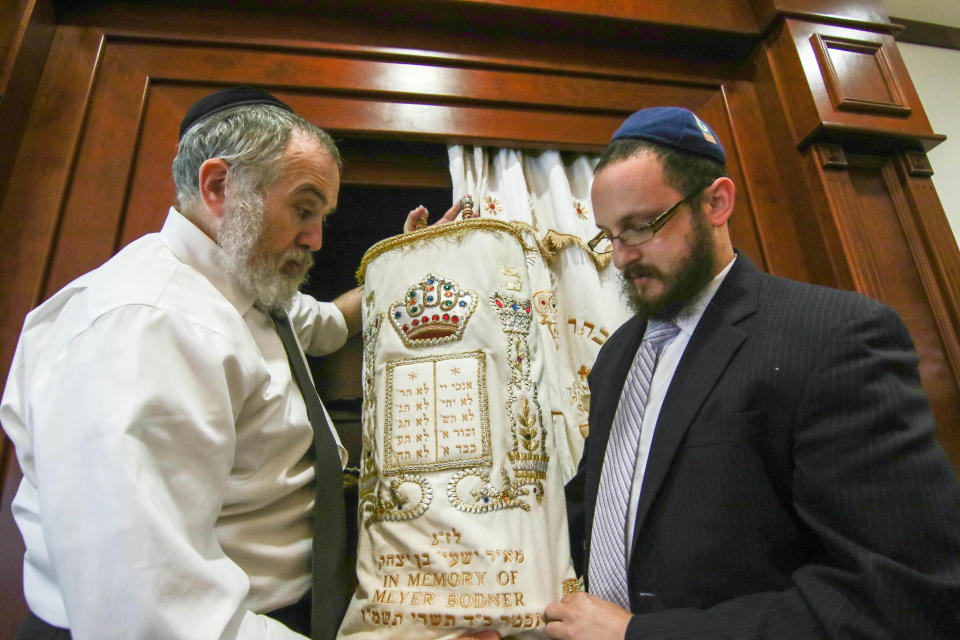
Rosh Hashanah, the Jewish New Year, is one of Judaism’s holiest days. It is also known as Yom Hadin, or the Day of Judgement.
It translates to “head of the year” or “first of the year” and begins on the first day of the seventh month of the Hebrew calendar, known as Tishrei.
The holiday commemorates the creation of the world and marks the beginning of the Days of Awe, a 10-day period of introspection and repentance (teshuvah) that ends with the celebration of Yom Kippur, also known as the Day of Atonement. Both holidays are known as the two “High Holy Days” in Judaism, according to History.
When is Rosh Hashanah?
Rosh Hashanah begins at sundown on Friday, Sept. 15, this year and continues through nightfall on Sunday, Sept. 17, according to Chabad.
The exact date of the holiday varies every year due to it being based on the Hebrew calendar, but it usually occurs in September or October, according to History.
How is Rosh Hashanah celebrated?
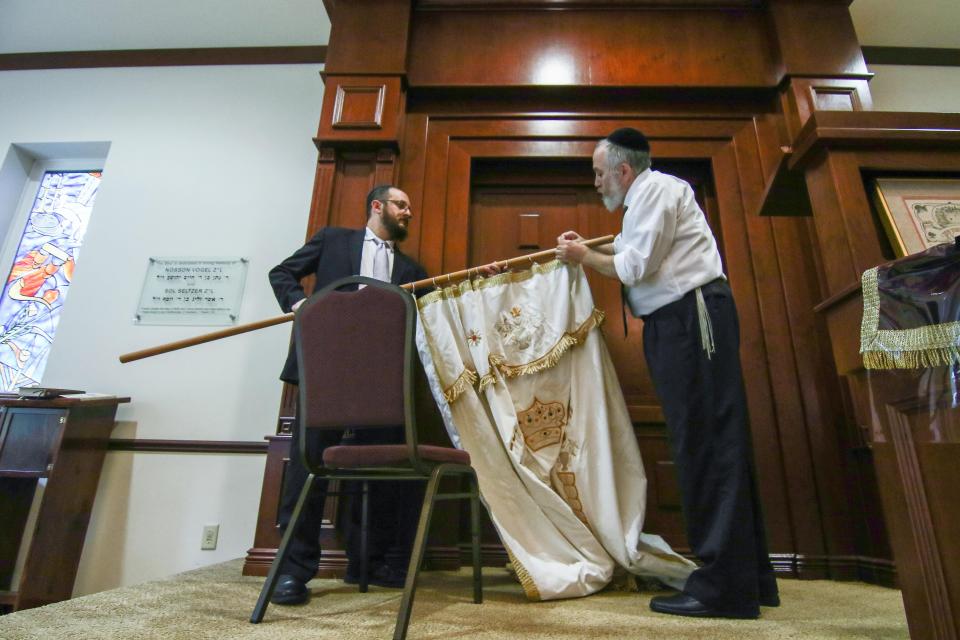
Jewish texts differ on the holiday’s length, so some denominations observe Rosh Hashanah for a single day while others observe it over two days.
The holiday is celebrated with prayer services that sound the ram’s horn trumpet, shofar, on both mornings; candle lighting in the evenings; and festive meals with sweet delicacies during the day and night. This is also a time for abstaining from creative work, according to Chabad.
Prayers are cast for a year of peace, prosperity and blessing, and the holiday serves as a reminder to Jewish people that "God is king.''
The sounding of the shofar is a call to repentance and requires the shofar blower to play four sets of notes on the holiday, including the tekiah, a long blast; shevarim, three short blasts; teruah, nine staccato blasts; and tekiah gedolah, a very long blast, according to History.
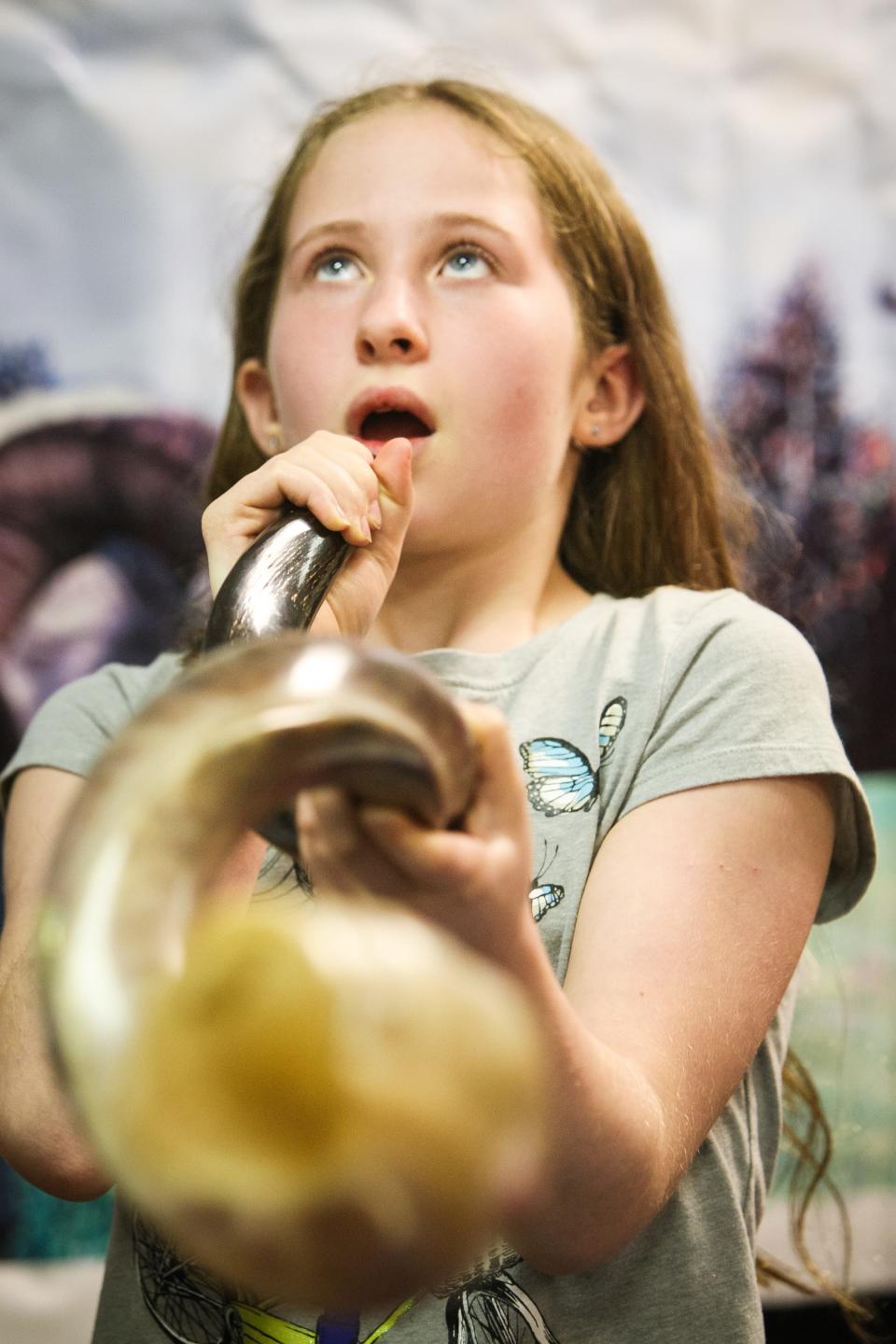
Once religious services end, Jews enjoy festive meals at home that feature symbolic and traditional elements. Some people choose to wear new or special clothing and decorate their dining tables nicely.
The meal begins with the ceremonial lighting of two candles and the recitation of the appropriate blessings. The featured foods typically represent positive wishes for the new year.
Chabad Center at UD rebuilds: An unsolved arson remains a mystery after 2 years as a new building breaks ground on site
Rosh Hashanah traditions and symbols
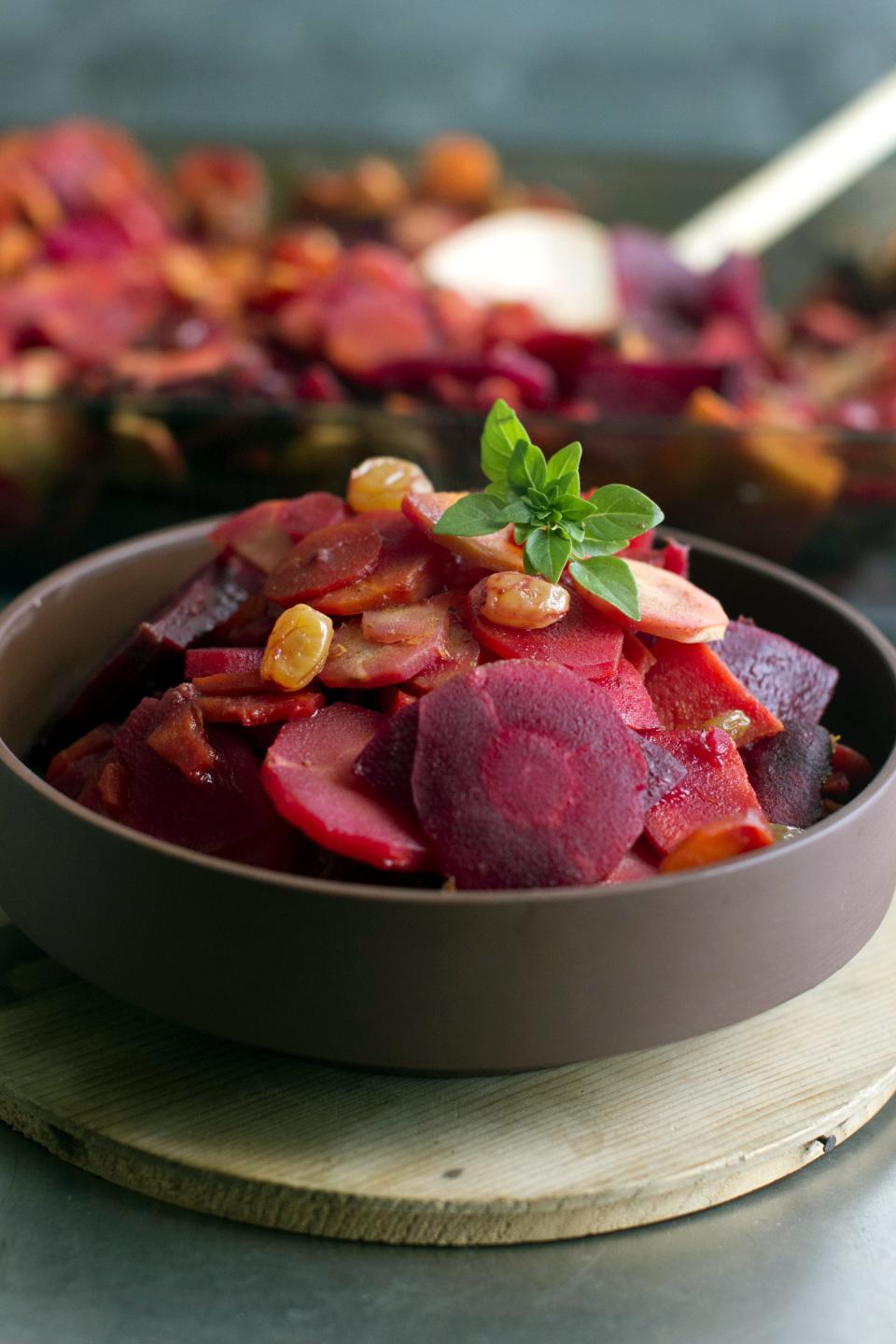
A popular custom on Rosh Hashanah is eating apple slices dipped in honey, which is sometimes done after saying a special prayer.
This tradition dates back to ancient Jews believing that apples had healing properties, with honey signifying hope that the new year would be sweet. This is also why holiday meals typically include sweets.
Challah, traditional braided bread, is typically eaten by Jews on Shabbat (the Jewish Sabbath) and other holidays. On Rosh Hashanah, challah is baked in a round shape to symbolize the cyclical nature of life and/or the crown of God. To keep the theme of sweets, raisins are sometimes added, according to History.
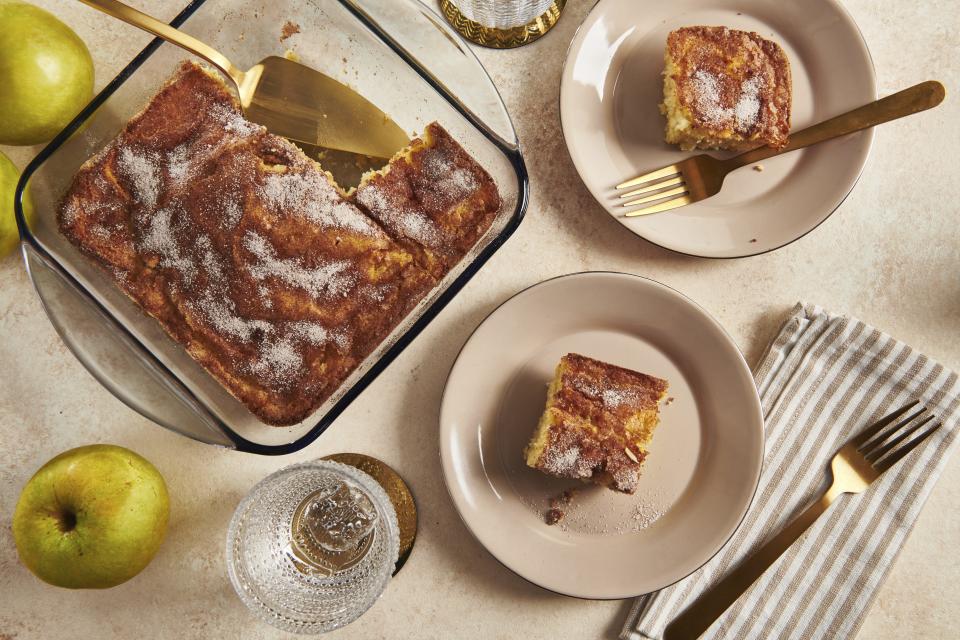
Some Jews practice a custom known as tashlich, meaning “casting off,” which is the act of throwing pieces of bread into a flowing body of water while reciting prayers. The bread symbolizes the sins of the past year, and as they are swept away, it provides a spiritual cleansing and renewal for the participants.
On Rosh Hashanah, you may hear people greet one another with the Hebrew phrase “l’shana tovah,” which translates to “for a good year.”
This saying is a shortened version of the holiday greeting of “l’shana tovah tikatev v’taihatem,” which means “may you be inscribed and sealed for a good year.”
Got a tip or a story idea? Contact Krys'tal Griffin at kgriffin@delawareonline.com.
Filming in Delaware: 'Meet the Parents' star Teri Polo comes home to Delaware; making new film in First State
Daylight saving time: When does daylight saving time end in 2023? Here's when you'll have to set back clocks
This article originally appeared on Delaware News Journal: Jewish holy holiday Rosh Hashanah begins on Sept. 15. What to know

